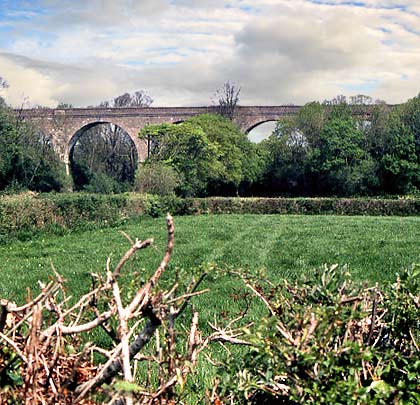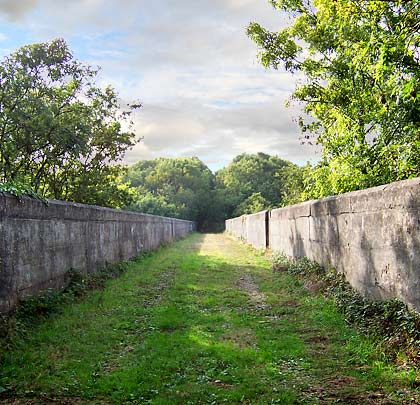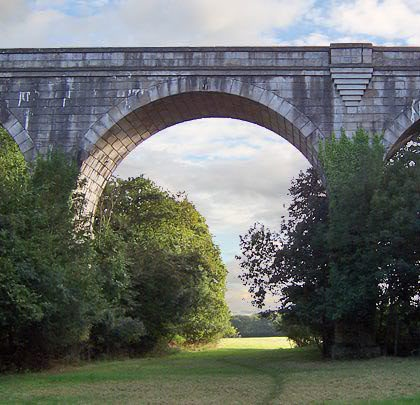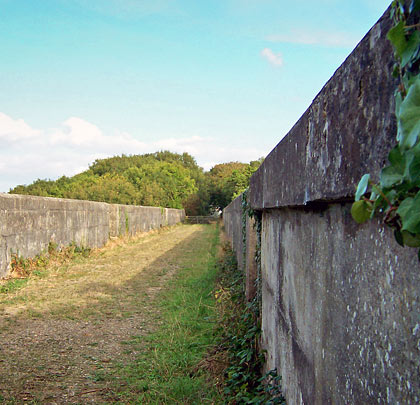Woolstone Viaduct
Woolstone Viaduct










With the opening of Bude Station on 10th August 1898, the London & South Western Railway completed its 28-mile branch from Okehampton which had taken 19 years and four Acts of Parliament to fulfil. The line was originally built as far as Holsworthy, seeing its first trains in January 1879. But when the company showed no sign of extending the route westwards towards the coast, the residents of Stratton and Bude raised £1,000 towards the cost of promoting a bill for a 9½-mile extension that would visit the two towns.
The L&SWR took up the offer and the Holsworthy & Bude Railway Act passed in August 1883. However, apart from a ceremonial sod cutting, no works were undertaken and the L&SWR soon sought the scheme’s abandonment, authority for which was granted in May 1892. Thereafter, the company was again lobbied to advance its line, resulting in another Bill being passed on 6th July 1895. This though involved a substantially cheaper route, bypassing Stratton altogether.
Responsible for its development was William Galbraith who had been appointed the L&SWR’s resident engineer on the death of John Errington in 1862. Contracted to deliver the works was John Aird & Co. Two viaducts – both now Grade II* listed – formed parts of the scheme, one near Helscott and the other quarter of a mile west of Holsworthy’s station. Their construction was influenced by a local dearth of stone suitable for heavy works, driving the choice of concrete. However sand had to be brought all the way from Plymouth and Bideford.
The viaduct near Helscott went by the name Woolstone – a farm just to its west. Featuring five arches, it follows a straight course for a little over 80 yards and reaches a maximum height of 65 feet. The structure was built from concrete blocks – one of the first to benefit from such an approach – and comprises arches springing from chamfered imposts on piers of rectangular section. The parapet has a moulded cornice; below it is a string course. Above each pier is a corbelled-out refuge, one of which has a datestone carved into it.
The line over the viaduct closed on 3rd October 1966.
(Crispin Purdye’s photo, taken from Geograph, is used under this Creative Commons licence.)







